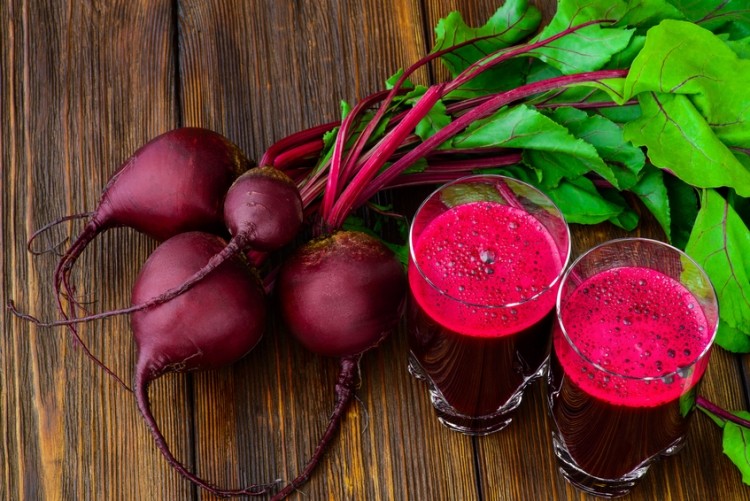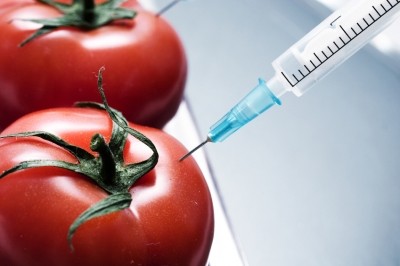Creating enhanced food dyes by following a new beet: Study

The Israeli team detail a method used to produce betalain, normally found in fruit, in three major food crops: tomato, potato, and eggplant.
By producing betalain in this way, the team uncover a new direction that enables the biofortification of essential foods, as well as provide an innovative source for commercial betalain production.
"Some of these new pigments may potentially prove more stable than the naturally occurring betalains," said study author Guy Polturak, a postdoctoral student at the Weizmann Institute of Science in Israel.
"This can be of major significance in the food industry, which makes extensive use of betalains as natural food dyes, for example, strawberry yogurts."
Commercial betalain use
Current solutions for natural, yellow, water-soluble pigments for commercial use in the food industry are limited opening up an avenue of alternative sources for betalain production, and particularly betaxanthins.
Betalains are the pigments responsible for the deep red colour found in vegetables like beetroot and fruits such as red dragon fruit.
The two main betalain categories include the red/violet coloured betacyanins and betaxanthins, which appear yellow to orange.
Betalains hold much interest in the food industry as natural colorants but also antioxidants making them useful in dietary supplement use.
However, while numerous edible plant sources are a rich source of these pigments, red beetroot remains practically the only commercially used source for production of betacyanins as food colorants.
It is not without its drawbacks. As a source of food colorants, red beetroot mainly produces betanin and thus has limited colour variability.
In addition, it carries adverse earthy flavours as well as a risk of soil-borne microbes.
There are currently no natural sources in large-scale use for production of betaxanthins as food dyes.
Co-existing phenolics in yellow beet if unused can oxidize masking the yellow hue of betaxanthins.
Study details
Along with Polturak, Professor Asaph Aharoni of Weizmann's Plant and Environmental Sciences Department used two betalain-producing plants - red beetroot (Beta vulgaris) and four o'clock flowers (Mirabilis jalapa) in their experiments.
Using a combination of next-generation RNA sequencing and other techniques, the team isolated a gene involved in betalain production and identified a pathway plants use to convert the amino acid tyrosine into betalains.
Using genetically engineered yeast to produce the betalains, they were able to reproducing betalain in plants that do not normally create these pigments producing potatoes, tomatoes and eggplants with red-violet flesh and skin located in the fruit and leaving the leaves and stem untouched.
A boost in disease resistance was another welcome outcome as the team recorded 60% healthy antioxidant activity in betalain-producing tomatoes compared to its non-producing variety.
"Our findings may in the future be used to fortify a wide variety of crops with betalains in order to increase their nutritional value," commented Aharoni.
Further trials demonstrated a disease resistance in the tobacco plant as they found the pigment’s protective qualities applied to grey mould (Botrytis cinerea), a plant pathogen responsible for major crop losses.
The study showed that resistance to the mould rose by 90% in plants engineered to make betalains.
“Stable betacyanin and betaxanthin production without substrate feeding was also attained in tobacco (BY-2) cell-suspension culture,” the study commented.
Their stability and potential to upscale on a commercial production level bodes well for food makers.
Betalains is relatively stable over the broad pH range from three to seven which allows their application to low acidity foods that are characteristic of the dairy, confectionery, and meat sector.
Source: PNAS
Published online ahead of print: doi: 10.1073/pnas.1707176114
“Engineered gray mold resistance, antioxidant capacity, and pigmentation in betalain-producing crops and ornamentals.”
Authors: Asaph Aharoni et al.

























